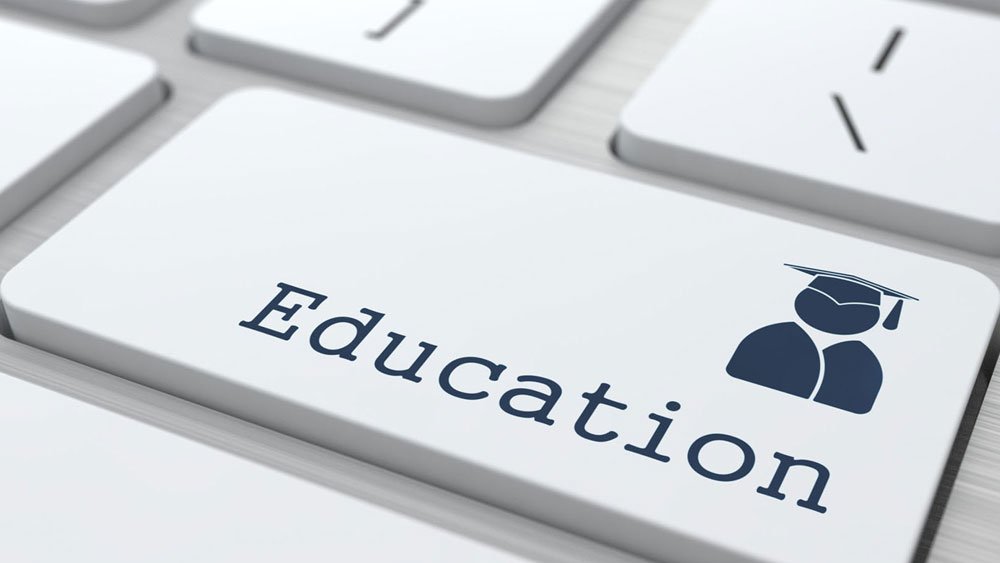Pakistan’s education system needs a comprehensive reassessment, given stark financial contrast between UK’s 21 billion rupee earnings from Pakistani students taking Cambridge Board exams and Pakistan’s own six-billion-rupee higher education budget.

In the current educational landscape, the stark financial contrast between the UK’s earnings of 21 billion rupees from a hundred thousand Pakistani students through Cambridge Board exams and Pakistan’s six-billion-rupee higher education budget calls for a comprehensive reassessment of the nation’s educational system. Here’s a detailed exploration of how the significant sum of 21 billion rupees could be strategically utilized to propel positive change within Pakistan’s education sector.
1. Infrastructure Development:
The infusion of funds can be directed towards constructing and upgrading educational facilities. This includes the development of state-of-the-art classrooms, well-equipped laboratories, and resourceful libraries. Additionally, improving basic amenities such as sanitation and clean water can contribute to creating a more conducive learning environment.
2. Faculty Development:
Investing in faculty development is essential for maintaining high educational standards. Training programs can be initiated to enhance teaching methodologies and skills. Competitive salaries and benefits can attract and retain qualified educators, ensuring a knowledgeable and motivated teaching staff.
3. Research and Development:
Establishing research grants and funding opportunities would encourage academic research and innovation. Creating research centers and laboratories can facilitate cutting-edge studies and projects, positioning Pakistan as a hub for intellectual exploration.
4. Technology Integration:
A portion of the funds can be allocated to provide schools and universities with modern educational technology. This includes the implementation of e-learning platforms and resources, making education more accessible and engaging for students.
5. Curriculum Enhancement:
A thorough review and update of the curriculum can align educational content with contemporary needs and global standards. Introducing practical and skill-based components will better prepare students for the challenges of the modern workforce.
6. Scholarship Programs:
Initiating scholarship programs can address socio-economic disparities, supporting underprivileged students and increasing access to education. This not only promotes inclusivity but also ensures that talent is not hindered by financial constraints.
7. Community Engagement:
Raising awareness about the importance of education within communities is crucial. By encouraging parental involvement and community engagement, the impact of education can extend beyond the classroom.
8. Capacity Building:
Expanding educational institutions to accommodate a growing student population is vital. Establishing new schools and colleges, particularly in underserved areas, will improve accessibility and contribute to the overall development of the nation.
9. Quality Assurance:
Implementing mechanisms for quality assurance and accreditation will help maintain high educational standards. Regular assessments and evaluations can identify areas for improvement, ensuring continuous enhancement of the education sector.
10. Skill Development Programs:
Introducing vocational training programs can equip students with practical skills, enhancing their employability. Collaborating with industries to create internship and apprenticeship opportunities bridges the gap between education and real-world application.
In conclusion, the infusion of 21 billion rupees into Pakistan’s education sector presents a transformative opportunity. By strategically allocating these funds across infrastructure, faculty development, research, technology, curriculum, scholarships, community engagement, capacity building, quality assurance, and skill development, Pakistan can pave the way for a more equitable, accessible, and globally competitive education system. This holistic approach is essential for empowering the nation’s youth and fostering sustainable progress.